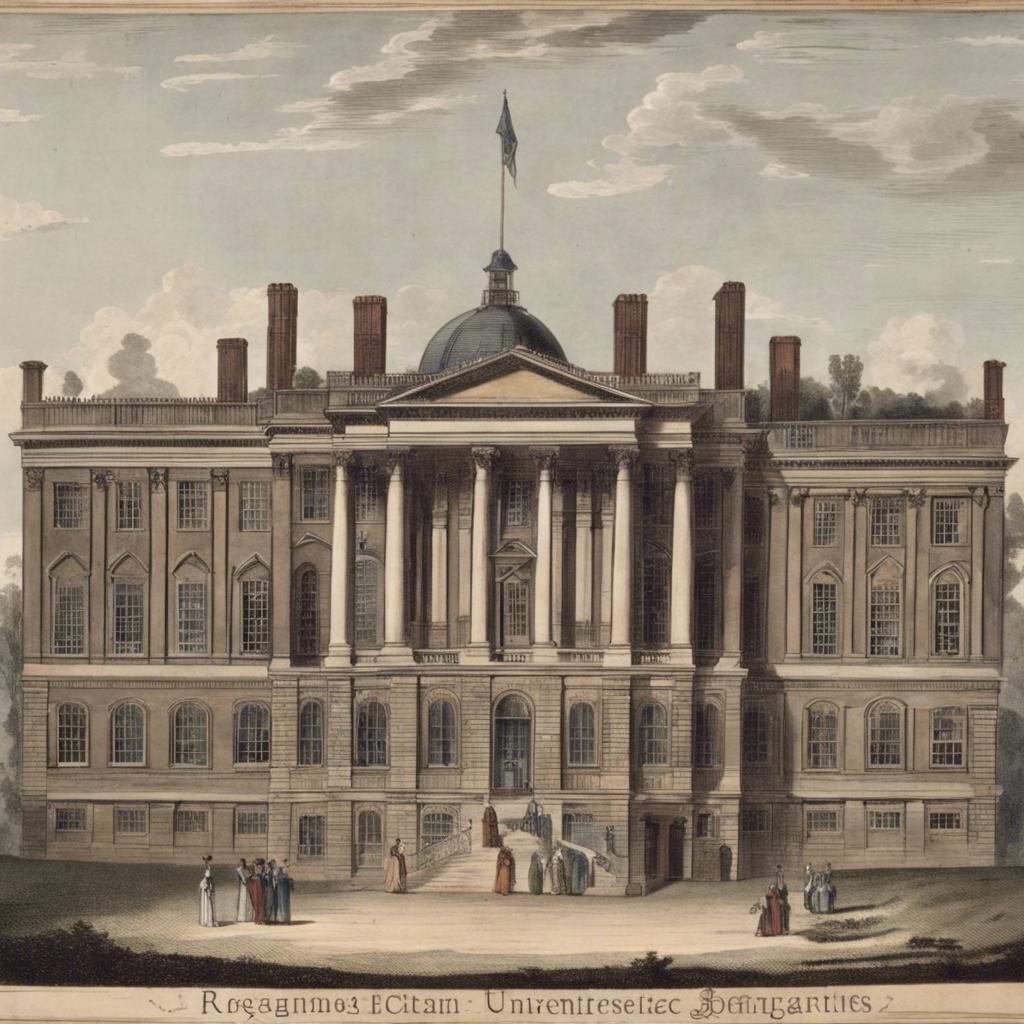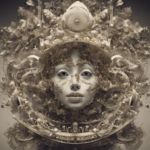In the early 19th century, the Regency era was a time of great social and cultural change in England. During this period, universities played a crucial role in the intellectual and academic development of the country. The Regency era university was a prestigious institution that attracted some of the brightest minds of the time. In this article, we will explore the history and significance of the Regency era university, shedding light on its impact on education and society during this important period in British history.
Step Into the World of Cheryl Bolen
Dive into the enchanting stories of love, intrigue, and elegance set in the Regency Era. Cheryl Bolen's novels offer timeless romance and captivating tales that will leave you wanting more.
Explore Cheryl Bolen's Books Now
Overview of Regency Era Universities
In the Regency Era, universities played a significant role in the education system of England. These institutions were primarily focused on providing a classical education, including subjects such as Latin, Greek, mathematics, and philosophy. Students were expected to adhere to strict codes of conduct and academic rigor, with a strong emphasis on discipline and respect for authority.
Key Features of Regency Era Universities:
- Limited Accessibility: Universities were primarily attended by privileged young men from wealthy families, as the cost of tuition and living expenses was prohibitively high for the average citizen.
- Traditional Curriculum: The curriculum at Regency Era universities was heavily focused on classical studies, with little emphasis on practical or vocational skills. Students were expected to engage in rigorous intellectual pursuits and scholarly debates.
- Social Hierarchy: Universities played a crucial role in reinforcing social hierarchies, with students from noble backgrounds often enjoying preferential treatment and opportunities for advancement.
Notable Regency Era Universities:
| University | Location | Founded |
|---|---|---|
| Oxford | Oxford, England | 12th century |
| Cambridge | Cambridge, England | 13th century |
| Edinburgh | Edinburgh, Scotland | 1582 |
| Trinity College Dublin | Dublin, Ireland | 1592 |
Academic Curriculum and Structure
In the regency era, university education was highly structured and focused on classical studies. The academic curriculum at these institutions typically consisted of subjects such as Latin, Greek, rhetoric, philosophy, and mathematics. Students were expected to demonstrate proficiency in these areas through rigorous exams and essays.
The structure of regency era universities was hierarchical, with professors holding authority over students. Classes were often held in lecture halls, with students taking notes and participating in discussions. There was a strong emphasis on discipline and respect for academic traditions.
Examinations were a key component of the academic curriculum, with students being tested on their knowledge and understanding of the material. Grading was strict, and only those who demonstrated exceptional skill and intelligence were able to graduate with honors. the of regency era universities laid the foundation for higher education as we know it today.
Notable Professors and Scholars
Dr. Victoria Winston
Dr. Victoria Winston is a renowned scholar in the field of literature during the Regency Era. Her research on Jane Austen’s works has earned her international recognition, and her books are considered essential reading for students studying this period. Dr. Winston’s lectures are known for their engaging style and insightful analysis, making her a favorite among students and colleagues alike.
Professor Edward Blackwell
Professor Edward Blackwell is a leading expert in Regency Era art history. His knowledge of the era’s visual culture is unparalleled, and his lectures are always in high demand. Professor Blackwell’s groundbreaking research on portraiture and landscape painting has shaped the way we understand art from this period.
Dr. Margaret Thompson
Dr. Margaret Thompson is a trailblazer in the field of Regency Era science and technology. Her work on the advancements in medicine and engineering during this time has shed new light on the era’s innovations. Dr. Thompson’s passion for her subject is infectious, inspiring a new generation of scholars to delve into the scientific achievements of the Regency Era.
Cultural and Social Life at Universities
In the regency era, universities were not just centers of academic learning, but also hubs of cultural and social life. Students and faculty alike engaged in a variety of activities that enriched their university experience.
One of the most popular social events at universities during this time was the annual regency ball. Held in the grand halls of the university, these balls were attended by students, professors, and other members of the university community. The evening would be filled with music, dancing, and elaborate costumes, transporting attendees to a world of elegance and refinement.
Aside from formal events like balls, students also participated in literary societies and debating clubs. These gatherings provided a platform for intellectual discourse and creative expression, allowing students to engage with each other outside of the classroom. Additionally, students often frequented local coffee houses and taverns, where they would engage in spirited discussions and debates over a pint of ale.
Wrapping Up
the Regency era was a time of great development and progress in the field of education, particularly in the establishment and advancement of universities. The institutions that emerged during this period laid the foundation for the modern university system that we know today. Through the dedication and pioneering spirit of scholars and educators, the Regency era university became a hub of intellectual advancement and cultural enlightenment. As we reflect on this pivotal period in history, we are reminded of the enduring impact that these institutions continue to have on academia and society as a whole.


